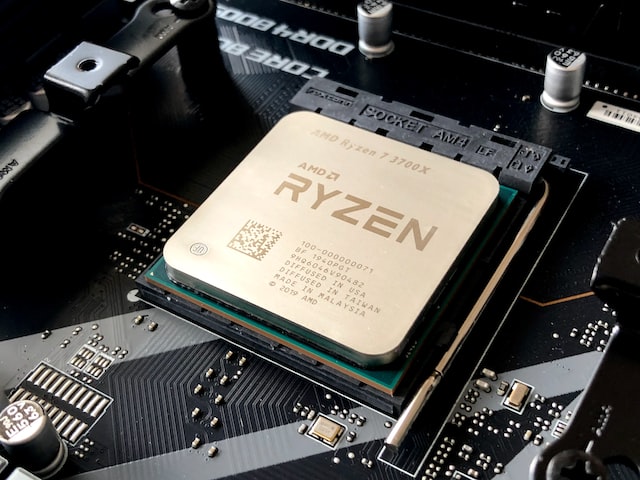Top 27+ Interesting Facts About Computer Processors

A computer processor, also known as a central processing unit (CPU), is the “brain” of a computer. It is a small, electronic device that is responsible for carrying out the instructions of a computer program.
The processor is the primary component of a computer that performs the majority of the computational work, and it is often considered the most important part of a computer system.
इंडियन क्यूरेटर (Indian Curator) पर यह लेख हिंदी में भी उपलब्ध है।
Interesting Facts About Computer Processors
1. A computer processor, also known as a CPU (central processing unit), is the brain of a computer.
2. The processor is made up of several million transistors, which are tiny electronic switches that can be turned on and off to perform different tasks.
3. The processor is connected to the other components of the computer, such as memory, storage, and input/output devices, through a system of buses.
4. The processor reads instructions from memory and executes them, performing calculations, making decisions, and controlling the other components of the computer.
5. The speed and performance of a processor are typically measured in terms of its clock speed, which is the number of instructions it can execute per second.
6. Processors are available in a wide range of sizes, shapes, and performance levels, and they are used in a variety of devices, including computers, smartphones, and other electronic devices.
7. The most common type of processor used in personal computers is the x86-64 processor, which is made by Intel and AMD. These processors are designed to run the operating systems and software applications that are commonly used on personal computers.
8. Other types of processors, such as ARM processors, are used in smartphones and other mobile devices. These processors are designed to be smaller, more energy-efficient, and more power-efficient than x86-64 processors.
9. Newer processors use advanced technologies, such as multiple cores, hyper-threading, and out-of-order execution, to increase their performance and improve their efficiency.
10. The processor is responsible for executing instructions and performing calculations to carry out tasks and processes on a computer.
11. The first computer processor was the Intel 4004, which was introduced in 1971. It was a 4-bit processor that could execute about 60,000 instructions per second.
12. Modern processors are much more powerful than the first processors, and they can execute billions of instructions per second.
13. The speed of a processor is measured in hertz (Hz), which refers to the number of clock cycles per second.
14. The more clock cycles per second, the faster the processor can execute instructions and perform calculations.
15. The number of cores in a processor determines how many instructions can be executed simultaneously.
16. A dual-core processor has two cores, a quad-core processor has four cores, and an octa-core processor has eight cores.
17. The more cores a processor has, the more tasks it can handle simultaneously and the faster it can perform calculations.
18. The architecture of a processor determines how it processes instructions and performs calculations.
19. The most common processor architecture is the x86 architecture, which is used in most personal computers and laptops.
20. The ARM architecture is used in most smartphones and tablets, and it is known for its low power consumption and high efficiency.
21. The RISC (Reduced Instruction Set Computing) architecture is used in some high-performance processors and is known for its simplicity and efficiency.
22. The CISC (Complex Instruction Set Computing) architecture is used in some older processors and is known for its support for a wide range of instructions.
23. The size of a processor is measured in nanometers (nm), which refers to the size of the transistors on the processor.
24. The smaller the transistors, the more transistors can fit on a processor and the more powerful it can be.
25. The most powerful processors can have over 1 billion transistors on a single chip.
26. Processors use different manufacturing processes to create the transistors on the chip, including CMOS (Complementary Metal-Oxide Semiconductor) and FinFET (Fin Field-Effect Transistor).
27. The manufacturing process determines the size and performance of the transistors, and it can affect the overall performance of the processor.
28. The clock speed of a processor is determined by the frequency of the clock signal that controls the operations.
There is a lot more about processors we will have a look at it in the upcoming time.
If you enjoyed this article please don’t forget to give it a share.
इंडियन क्यूरेटर (Indian Curator) पर यह लेख हिंदी में भी उपलब्ध है।





